Trading compliance may not be the most exciting aspect of the business, but it is undoubtedly one of the most critical. At NCASS we look to provide you with the tools and resources needed to guarantee success in this area.
One key benefit of NCASS membership that facilitates this is your risk assessments which form an essential part of your Safety Management System. These help to ensure you have the necessary tools and knowledge to trade safely and confidently, and demonstrate best practice
For mobile traders, as the festival season approaches, event organisers require traders to submit evidence of training, compliance, and risk assessments as part of any applications. Now is the time to make sure everything is up to date and in order. Basically, if you have aspirations to trade at events this season, you need to have your compliance in line. It’s no good having the best baguettes in the business if you can’t get a pitch! Firstly, it is extremely important to note that all food businesses have a legal responsibility to carry out risk assessments. AKA: You need to have them in place.
Undertaking the risk assessments
We are aware that risk assessments can be intimidating and difficult to compose, so we have gone to efforts to simplify the process as much as possible. In terms of how to go about producing them, we have provided clear instructions on how to complete the process both within the SMS folder and on the members dashboard. Of course, If you need any help or further assistance with creating these highly important documents or have any questions about them, please do get in touch! We are always here to help and happy to assist. Our aim is to make risk assessments a straightforward process for you to create and have confidence in, understand and feel you can take full responsibility for.
Food risk assessments
To successfully complete the food risk assessments: You need to consider the journey your food takes from collection of raw ingredients to plating up your offering to a customer. The system guides you through the process, it requires minimal input – you have to select which stages of the food journey apply to your business, then log this journey accurately using the drag and drop method to create the process fl ow chart. Now you can sit back and let the system do the rest.
Your subsequent responsibility to review, understand and properly implement the contents of the risk assessments is key to their success and your legal compliance. What is written down should be implemented in real life, if you do something different then ask yourself could I do it like this instead? If you carry out appropriate alternative controls then add in this specific detail to the risk assessments so that they reflect real life. The key to this is making it specific to your business and ensuring it is properly implemented – so you are doing what is written down.
The reality is when getting inspected, fielding questions from customers or worst case scenario, if something goes wrong, it is your responsibility to have the answers and ensure the information is correct and accurate to the journey that the food has undertaken. If filled in correctly, food risk assessments will prove invaluable in the unfortunate but possible instance where something has gone wrong, for example a case of food poisoning.
As important as providing accurate input when filling out the risk assessments is, it is just as important to spend the time reading through the produced document to make sure you understand it. Understand the critical limits that detail the basic rules of each specific component, the monitoring procedures you must follow and the corrective actions that run through what you can do to right a potential wrong. The final document is thorough and extensive in the information it provides.
This may seem like a lot to absorb, but that is for good reason. Your business will only benefit as a result, and you should treat the document like a resource, to go back and refer to. It is important to educate yourself, take the information the risk assessment has generated and apply it.
Fire & Health and Safety risk assessments
The Fire & Health and Safety risk assessments require a bit more input in the initial stage as we have added a lot more controls for you to consider, but this is a worthwhile investment for the document it produces. We will soon be moving away from a generic approach to these risk assessments, and as a result the completed risk assessment you will now be able to create will be bespoke and far more specific to your individual business and set up.
Keep an eye out for this update coming soon. The risk assessments you use and have in place to represent your business need to be relevant to you and specifically how your business works, and we have created these risk assessments and designed this process with that in mind. Through the action of populating all the necessary data and information as required, ideally you will be surveying your unit or premises and considering thoroughly with each point, which elements of the assessment are specific to your business. Ultimately this will give you a greater understanding of what you need to be aware of in terms of keeping the business safe.
Producing risk assessments will radically reduce the chances of something going wrong as you will have covered yourself, but you will also know exactly what you need to be aware of through a lens of a safe operation. We cannot advise strongly enough that every NCASS member should take advantage of the risk assessments that we offer.
The short of it is that they WILL make your life as a caterer much easier. Cover yourself and worry less! Once completed, you will only have to redo when renewing membership, or naturally if something in the business changes.
Don’t risk it: Sort your risk assessments out here. If you’re not an NCASS member, click here to find out more info about joining us.

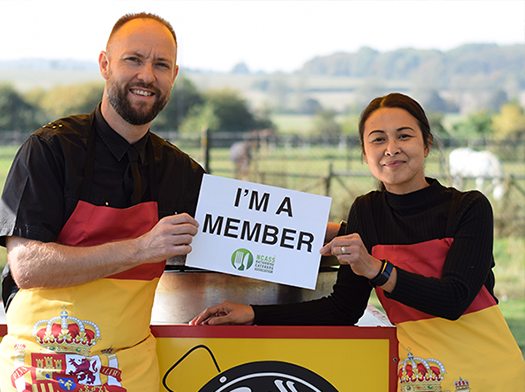
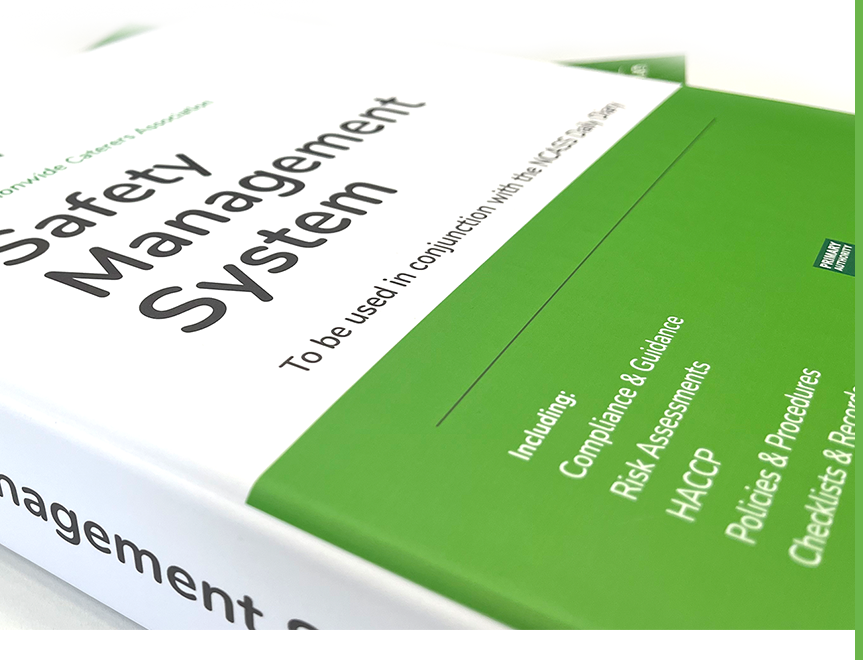
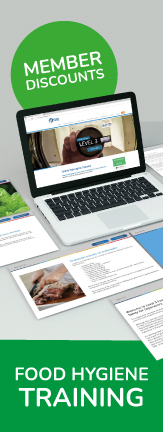
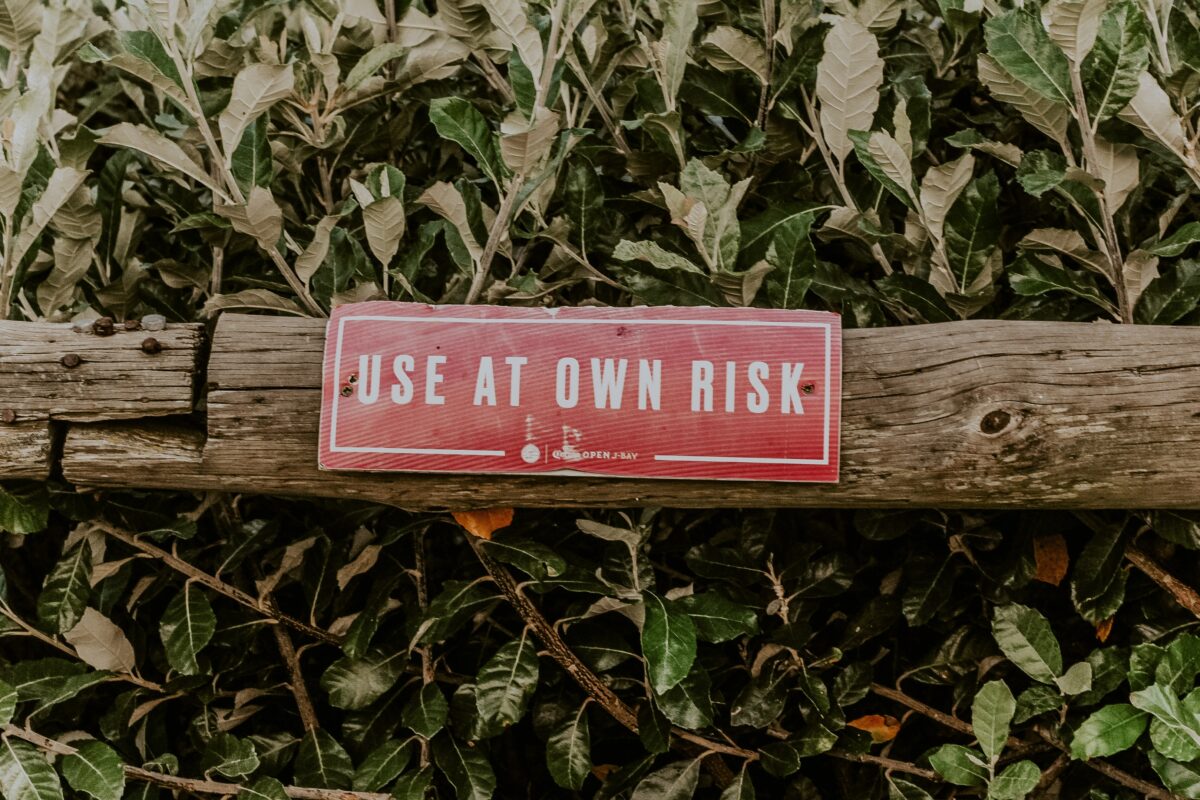
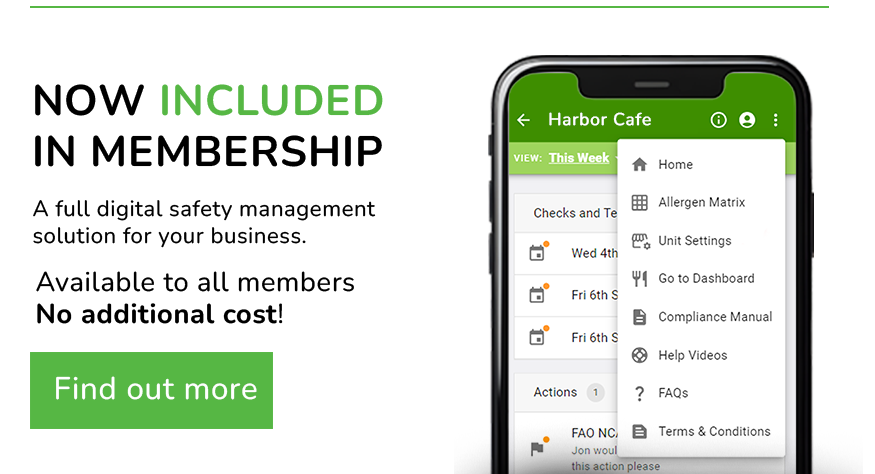
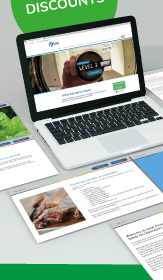 Featured Training
Featured Training
OUR MEMBERSHIP
We're here to help make your catering business a success. Whether that be starting up or getting on top of your compliance and marketing. We're here to help you succeed.
Want our latest content?
Subscribe to our mailing list and get weekly insights, resources and articles for free
Get the emails